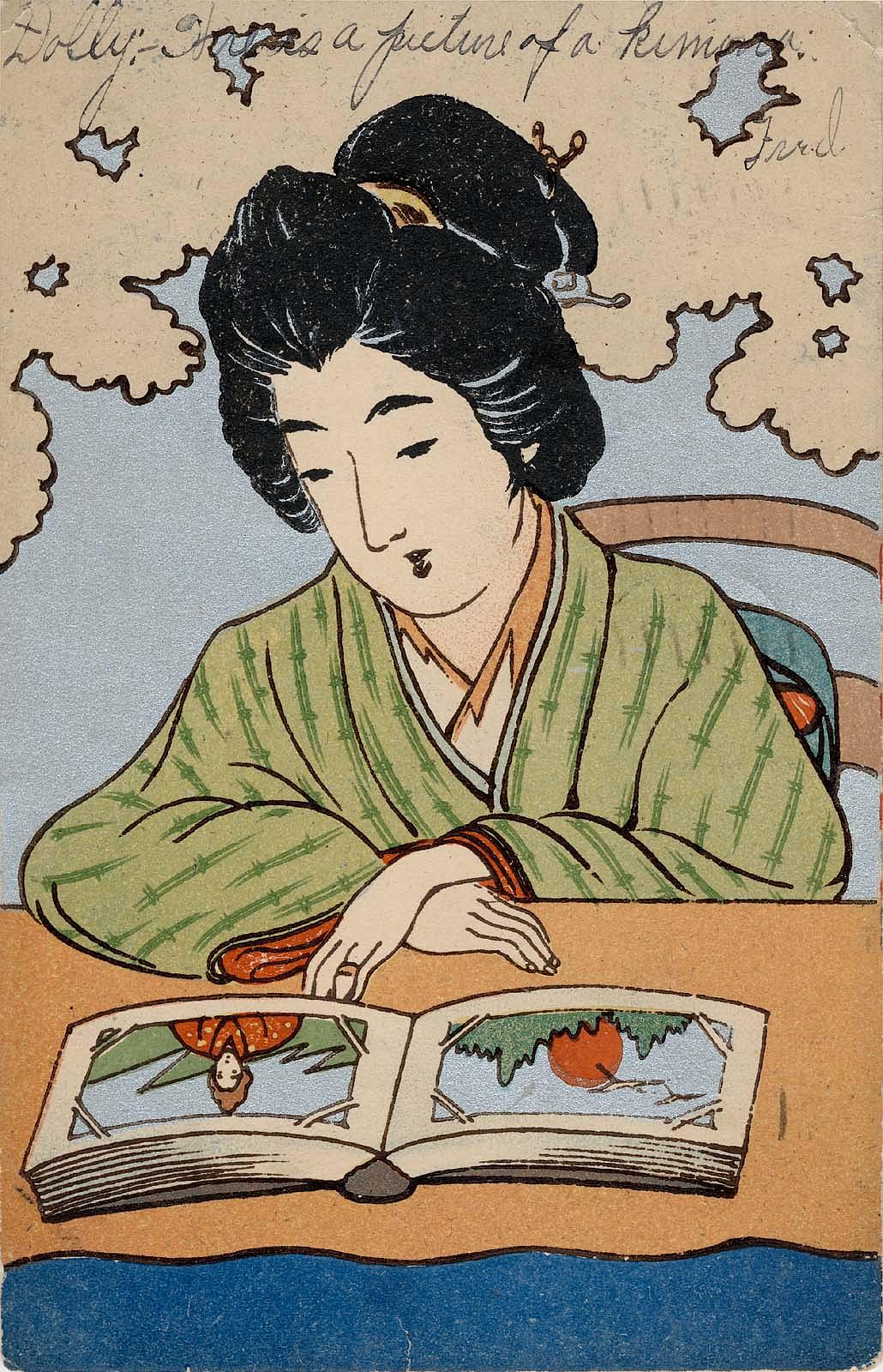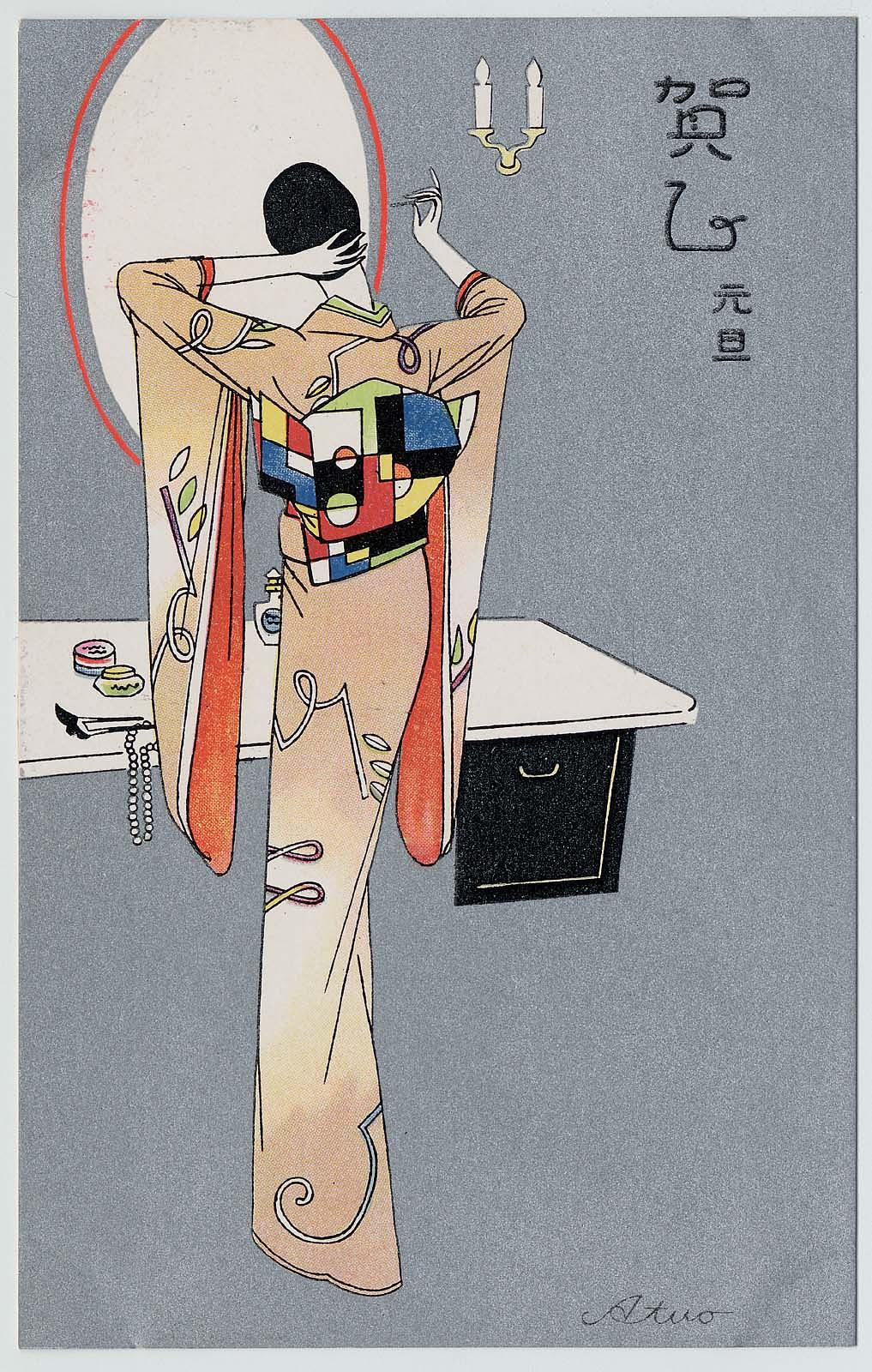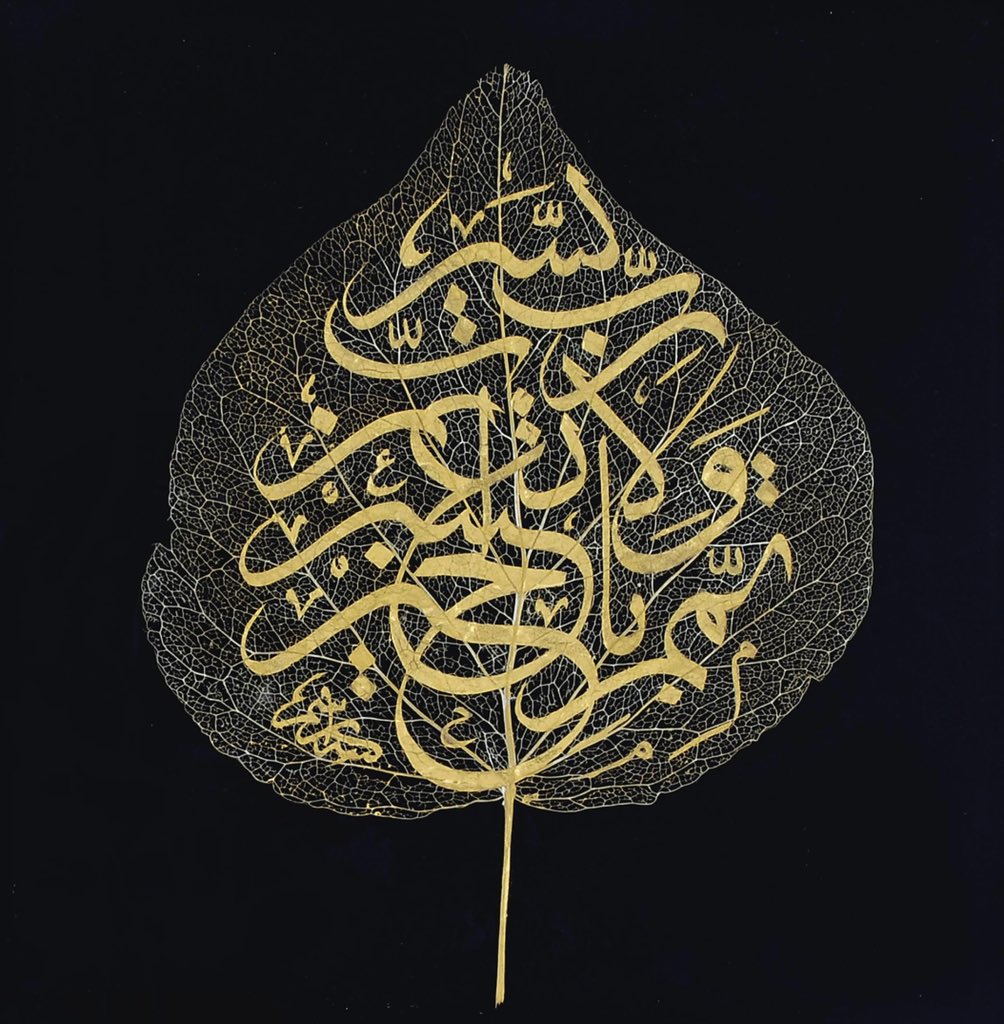The practice of cultivating mindfulness through meditation first took root in Europe and the U.S. in the 1960s, when Buddhist teachers from Japan, Tibet, Vietnam, and elsewhere left home, often under great duress, and taught Western students hungry for alternative forms of spirituality. Though popularized by countercultural figures like Alan Watts and Allen Ginsberg, the practice didn’t seem at first like it might reach those who seemed to need it most — stressed out denizens of the corporate world and military industrial complex who hadn’t changed their consciousness with mind-altering drugs, or left the culture to become monastics.
Then professor of medicine Jon Kabat-Zinn came along, stripped away religious and new age contexts, and began redesigning mindfulness for the masses in 1979 with his mindfulness-based stress reduction (MBSR) program. Now everyone knows, or thinks they know, what mindfulness is. As meditation teacher Lokadhi Lloyd tells The Guardian, Kabat-Zinn is “Mr Mindfulness in relation to our secular strand. Without him, I don’t think mindfulness would have risen to the prominence it has.”
His secularization of mindfulness, however, has not, in practical terms, taken it very far from its roots, which explains why Kabat-Zinn’s groundbreaking 1990 book Full Catastrophe Living receives high praise from Buddhist teachers like Joseph Goldstein, Sharon Salzburg, and Kabat-Zinn’s own former Zen teacher, Thich Nhat Hanh.
While Kabat-Zinn says he himself is not (or is no longer) a Buddhist, his definitions of mindfulness might sound just close enough to those who study and practice the religion. As he says in the short segment at the top: “It’s paying attention, on purpose, in the present moment, non-judgmentally.” And then, “sometimes,” he says, “I like to add, as if your life depended on it.” The quality of our lives, the clarity of our lives, and the depth and richness of our lives depend on our ability to be aware of what’s happening around and inside us. This ability, Kabat-Zinn insists, is the inheritance of all human beings. It can be found in spiritual practices around the world. No one owns a patent on awareness.
Nevertheless, Kabat-Zinn is particularly leery of what he calls McMindfulness, the commodity-driven industry selling coloring books, apps, puzzles, t‑shirts, and novelties touting mindful benefits. Mindfulness based stress reduction is “not a trick,” he says. It isn’t something we buy and try out here and there. “MBSR is exceedingly challenging,” Kabat-Zinn writes in Full Catastrophe Living. “In many ways, being in the present moment with a spacious orientation toward what is happening may really be the hardest work in the world for us humans. At the same time, it is also infinitely doable.” It can also be highly unpleasant, forcing us to sit with the things we’d rather ignore about ourselves. Why should we do it? We might consider the alternatives.
MBSR began (“in the basement of the University of Massachusetts Medical Center,” notes NPR) helping patients with chronic pain recover. It proved so effective, Kabat-Zinn applied the insight more globally — “using the wisdom of your body and mind to face stress, pain, and illness.” This is not a cure-all, but a way of living that reduces unnecessary suffering caused by overactive discursive thinking, which traps us in patterns of blame, shame, fear, regret, judgment, and self-criticism (illustrated in Scottish psychologist R.D. Laing’s book of neurotic narratives, Knots) — traps us, that is, in stories about the past and future, which affect our physical and mental health, our work, and our relationships.
The medical evidence for mindfulness has only begun to catch up with Kabat-Zinn’s work, yet it weighs heavily on the side of the outcomes he has seen for over 40 years. MBSR also comes highly recommended by Harvard neuroscientist Sara Lazar and trauma expert Bessel Van Der Kok, among so many others who have done the research. The evidence is why, as you can see in the longer presentations above at Dartmouth and Google, Kabat-Zinn has become something of an evangelist for mindfulness. “If this is another fad, I don’t want to have any part of it,” he says. “If in the past 50 years I had found something more meaningful, more healing, more transformative and with more potential social impact, I would be doing that.”
As Kabat-Zinn’s 2005 book, Wherever You Go, There You Are, shows, we can bring what happens in meditation into our everyday life, letting assumptions go, and “letting life become both the meditation teacher and the practice, moment by moment, no matter what arises,” he tells Mindful magazine. This isn’t about escaping into blissed out moments of Zen. It’s fostering “deep connections,” over and over again, with ourselves, families, friends, communities, the planet we live on, and, in turn, “the future that we’re bequeathing to our future generations.”
Related Content:
Daily Meditation Boosts & Revitalizes the Brain and Reduces Stress, Harvard Study Finds
De-Mystifying Mindfulness: A Free Online Course by Leiden University
Stream 18 Hours of Free Guided Meditations
Josh Jones is a writer and musician based in Durham, NC. Follow him at @jdmagness













